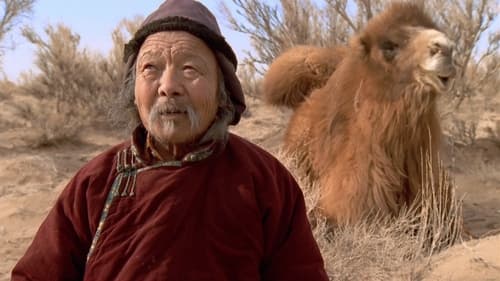Byambasuren Davaa
Birth : 1971-01-01, Ulaanbaatar, Mongolia
History
Between 1995 and 1998 she studied at the Movie Academy in Ulaanbaatar. In 1998 she began to work as a moderator and director's assistant with Mongolian National Television. In 2000 she moved to Munich, Germany, to study documentary film and communication sciences at the University of Television and Film Munich.[1]
In 2003 Davaa wrote and directed The Story of the Weeping Camel (2003), which gained several awards and nominations, including Best Documentary Film at the Bavarian Film Awards, Best Documentary at the 57th Directors Guild of America Awards, and a nomination for Best Documentary at the 77th Academy Awards. Her other films include The Cave of the Yellow Dog (2006), for which she won the 2006 German Film Award for Best Children's Film, and Veins of the World (2020).
Her films through 2006 tell stories embedded in the traditional life of the nomads in Mongolia. The subjects of her movies also serve as amateur actors, playing mostly themselves, which positions her work somewhere between documentary and fiction.




